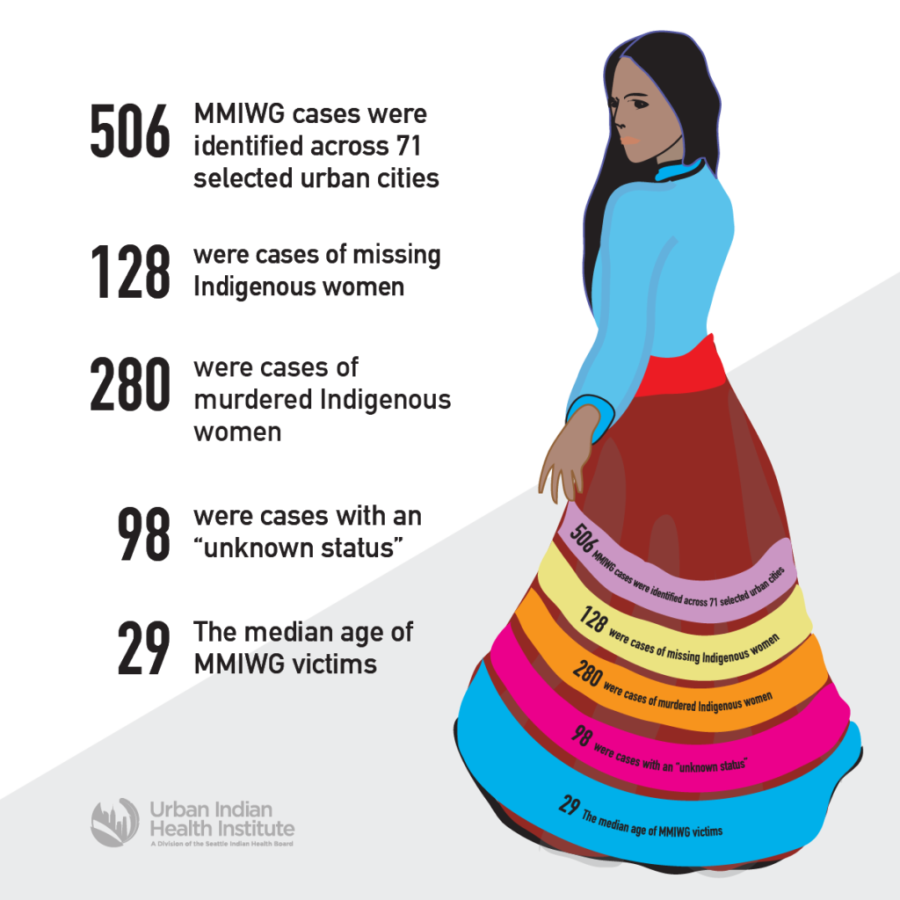Revitalizing critically endangered Native American languages is not on the list of urgent public policy priorities. Yet to the Native Americans whose languages are just a few years away from extinction, the loss goes to the heart of their identity. It’s a matter of cultural survival.
Native Americans did not lose their languages. Their languages were stolen from them by immigrants to American shores who believed in assimilation, the melting pot, and the great American dream. But Native Americans were not immigrants. They were conquered peoples who were pushed off their lands and marginalized. They clung to their languages and cultures to prevent the loss of their identities, but the government set up a system of boarding schools that punished Indians for speaking languages other than English, instilling in them the fear that if they taught their children their languages, their children would suffer. Even after the boarding schools were closed the fear remained.
As a result, among the estimated 154 indigenous languages still remaining in the United States, half are spoken by only a handful of elders over 70 and are not being taught to children. Many tribes have the will to revitalize their languages, but urgently need a substantial influx of funding, training, and technical support to produce new fluent speakers.
Research shows that language revitalization is a key empowerment tool for Native American communities. Language learning confers cognitive advantages, enhances self-esteem and cultural well-being, and strengthens community bonds. As one indigenous language instructor put it, “Our language is the number-one source of our soul, our pride, our being, our strength, and our identity.”
The methods for creating fluent speakers of Native American languages are well-tested and effective. All involve immersing language learners in their language, whether in one-on-one master-apprentice relationships, in language-nest intergenerational settings, or in immersion preschools or classrooms.
In Window Rock, Arizona, American Indian children who began school in Dine (Navajo) and learned English as a second language performed almost two grade levels above their peers who started school in English. In Hilo, Hawai’i, children who attended Hawaiian immersion schools had a zero percent dropout rate and a much higher level of college attendance than their non-immersion-school peers. Across the country, where Native American children know their language, they are more likely to use their education and talents to enrich their communities. This translates into better-off Native American communities that are determining their own futures.
Indigenous peoples have an internationally recognized human right to their language. The UN Declaration on the Rights of Indigenous Peoples proclaims that, “Indigenous peoples have the right to revitalize, use, develop and transmit to future generations their . . . languages.” Similar terms appear in many other international human rights treaties.
In 1990, the U.S. government recognized the harm of previous federal policies by passing the Native American Languages Act. That law established a federal policy to preserve, protect, and promote Native American rights to use, practice, and develop Native American languages. Modest federal funding has already helped some tribes revitalize their languages. In 2006 the Congress unanimously passed the Esther Martinez Native American Language Preservation Act; full funding of that legislation would add $10 million more to such efforts. But with 562 federally recognized tribes and many nonrecognized indigenous communities with urgent language needs, much more funding is needed.
With this issue of the Quarterly, Cultural Survival is embarking on a national campaign to save critically endangered Native American languages. The objective is to raise national awareness about what is at stake in a way that leads to a major expansion of the number of foundations, individuals, tribal casinos, tribal governments, corporations, and other donors who lend financial support to the revitalization efforts of tribal communities. Cultural Survival also will contribute to the efforts of Native American organizations and tribes that are now working to address language revitalization through policy change, legislation, regional training centers, teacher certification programs, and other strategies.
There is a role for all Cultural Survival supporters in this campaign: Become a language advocate. Raise the profile of the issue by talking about it with people you know. Send a letter to your congressperson asking for his or her support for $10 million in federal funding for Native American language programs. Invite your house of worship, your community, and your workplace to learn more and to help. Adopt a language and help raise funds for its survival. If you are a member of a tribal community, learn your language and help your tribe do all it can to ensure that others learn it and use it. Watch our website for additional ideas and opportunities.
After 35 years of working to raise awareness for indigenous rights around the globe, Cultural Survival is bringing its work home to the United States. As our Program Council Co-Chair Richard Grounds says in these pages, “Revitalizing Native American languages is the most critical issue in Indian Country today. We can wait five years for a road or a new school, but if we do not act now, our elders will die and our languages will be gone.” Cultural Survival is determined not to let that happen. Won’t you join us?


